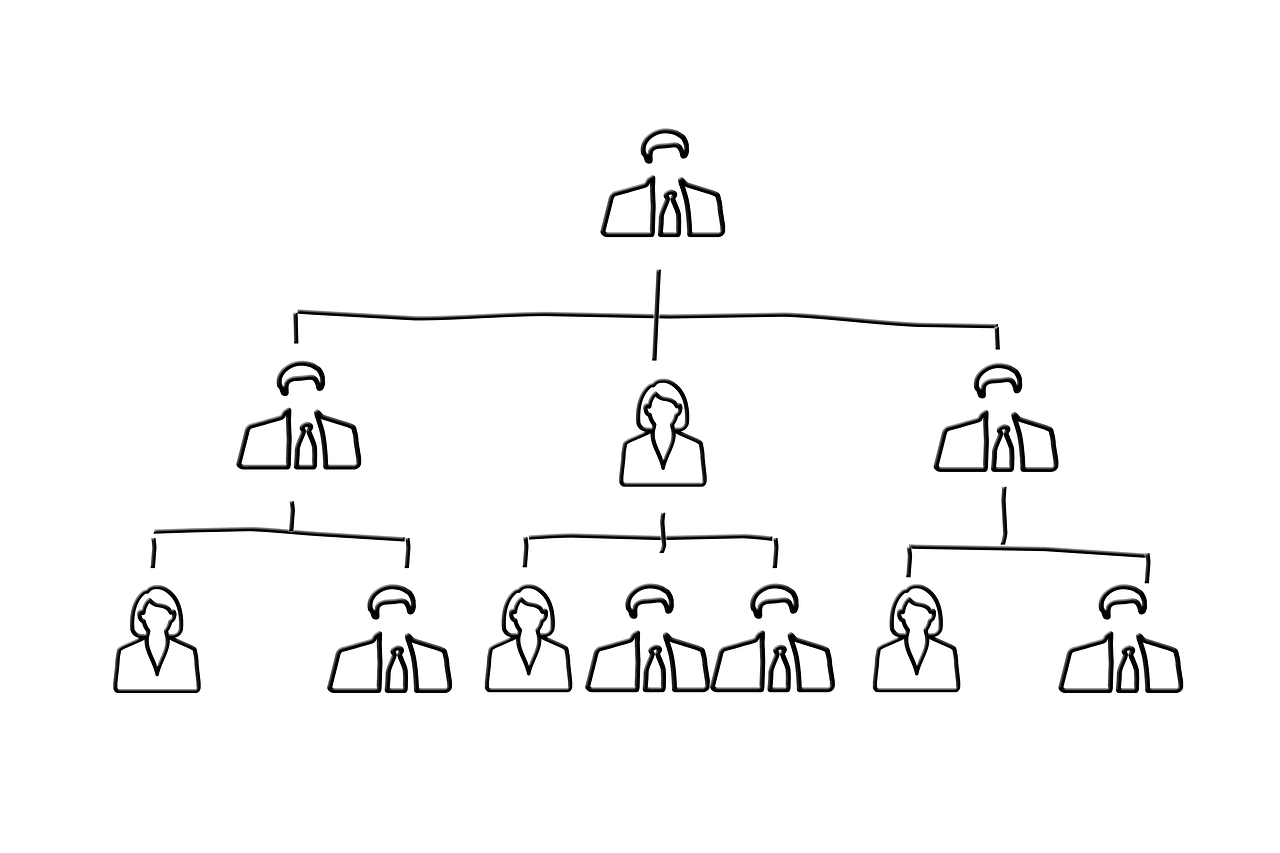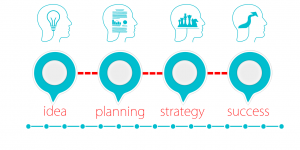Top-down and bottom-up management are two of the most popular approaches in the Project Management world.
What you need to know is that before beginning to work on a project, it is very important to have a management approach in place and to be consistent with it.
CONTENT
Besides choosing the project management methodology that we have already discussed, the choice of the style with which you would like to manage the project is crucial. Today we will focus on understanding what top-down and bottom-up management are.
When it comes to choosing a management style, in fact, there are many things to consider. For example, what is the corporate culture and personality of the managers? What kind of project management tools are being used?
The project manager’s choice of a management style is a personal choice, but it is based on certain characteristics of the “work environment” and is very important because it will affect every aspect of the activities, project and team.
What is top-down management?
Also referred to as autocratic leadership, top-down is the most common form of management.
It is the classic hierarchical system, with a chief executive officer (CEO) defining the direction for the entire organization.
Leadership is then handed down through a series of managers, mid-level staff to the last team member in an almost pyramidal system.
In top-down management, everything from the workplace to business systems is determined by upper management and passed down the chain of command.
Each role is responsible for carrying out the mission as stated by superiors, with little room for comment or criticism.
Some lower-level managers may also take part in the decision-making process, but in the end, the final decision always rests with senior management.
Most organizations still use top-down team management.
Any company with a hierarchical ladder with a CEO at the top tends to be structured this way.
Top-down project management means that all project goals, guidelines, information, and plans are defined by management and expectations are communicated to each project participant.
This approach requires extreme process formalities, as any ambiguity can easily result in misunderstandings and project failure.
Pros and cons of top-down management
• Pro: Clarity if the leader knows stuff. One of the benefits of top-down management is that it sets clear expectations, as goals are delivered by one person and that message is not muffled by multiple voices and opinions. Since the law is set from the top down, employees don’t have to be distracted from participating in the decision-making process, which gives them more time to focus on their tasks. Obviously, this kind of structure works best when the leader, o project manager in the case of a project, has thoroughly researched and considered all facets of how the decision will impact the project, business and employees.
• Cons: Lack of buy-in if the leader is weak or somewhat dictatorial. On the flip side, the idea of a domineering personality leading the project or an organization in general can veer from caring and attentive management to something more dictatorial. If this happens, the consensus of team members suffers and morale plummets, with bad influence on the project. Also, if the leader does not have a strong personality, employees will be less likely to take responsibility.
What is bottom-up management?
The concept that “two heads are better than one” is the number one reason why some organizations and project managers do not implement a top-down management approach.
The idea is that there may be a lot of talent even “in the lower levels”, cthat would be wasted with a top-down approach.
In this model, it is the entire organization that is involved in the process of driving the business; in the case of project management, it is the entire team that influences the project management process.
This collaborative method gives employees a say in how to achieve goals.
This way, teams are self-directed and decide the best way to complete their tasks, rather than receiving orders and only then acting on them.
While still a minority, more and more companies are adopting the bottom-up management style.
Pros and cons of bottom-up management
• Pros: Make the most of a team’s talents. One advantage is that bottom-up management can retain talent, keep spirits high, and achieve project consensus. In fact, this management style gives lower-level employees a say. Their input is regarded as a competitive advantage. Because the entire organization feels part of the process, the company is more likely to improve productivity. If everyone feels a part of the goals, they are likely to be more dedicated to achieving them.
• Cons: Too many voices and ideas slow down business agility. In terms of downsides, having employees taking part in the decision-making process can slow things down or cause the project to follow unproven ideas that end up in blockages or problems. This can cost valuable time by creating an advantage for the competition. There is also the ego aspect. If everyone has a chance to be heard, the motivation may be purely personal (increased self-esteem) rather than goal-oriented. This can lead to divisions and conflict within the team, increasing discontent and the climate of competition in a negative sense.
Top-down or bottom-up: choosing the direction
And so: what is the best approach? The answer is: it depends.
Top-down or bottom-up is essentially a compromise between speed and accuracy. The method you choose depends on both the type of project you are working on and the amount of time you have for completing it.
Whatever planning approach you decide to use, your main goal should always be to deliver the project output on time.
So regardless of whether you prefer top-down or bottom-up planning, at the end of the day what really matters is being able to quickly pinpoint critical issues and communicate with project team members in a timely manner.
The main goal is always to find ways to make project management and collaboration more efficient.




